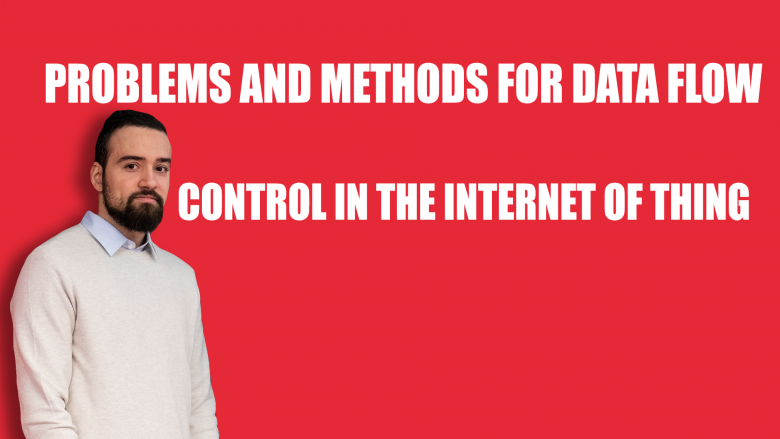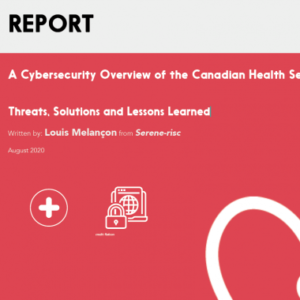The concept ‘Internet of things’ expresses the networked integration of large sets of physical and virtual devices in complex systems that will carry and process data and control information from sensors or terminals to end users (which can be human users or other machines). It promises integration of the real world with the information world, eventually creating important economic, social and workplace benefits. Among the many known applications are hospital systems, large-scale e-commerce systems, smart homes, transportation and energy systems, and many others.
Many sensitive data will travel in the IoT. We are interested in realizing data security and privacy in such systems. For example, if a sensor in a hospital carries the health data of a patient, how can it be assured that these data do not reach other patients? In a e-commerce system, how can it be assured that ordering information of a client does not reach other clients? Many solutions have been implemented for these problems in particular systems, but we offer a generic solution that can be implemented in principle in any system. This solution is based on the fact that any directed graph, representing a data flow, can be seen as a partial order of equivalence classes. Each equivalence class is a set of nodes that can share the data, and the partial order establishes the direction of the data flow that must exist in any such system. For each type of data, these principles enable us to partition any IoT network in areas that can know the data, and other areas that cannot know it. Efficient algorithms exist to do this partitioning in general. Our method will be presented by introducing two small examples, a hospital example and a e-commerce example.
The slides of the presentation are available here.
About the speaker
Abdelouadoud Stambouli received his B.S. and M.S. degrees from the Department of Computer Science of the University of Abderahmane Mira, Bejaia, Algeria in 2012 and 2014, respectively. He is currently a Ph.D candidate in Department of Computer Science and Engineering, University of Quebec in Outaouais, Canada. His research interests are in the areas of Information security, access control, data flow, and Internet of Things security.



